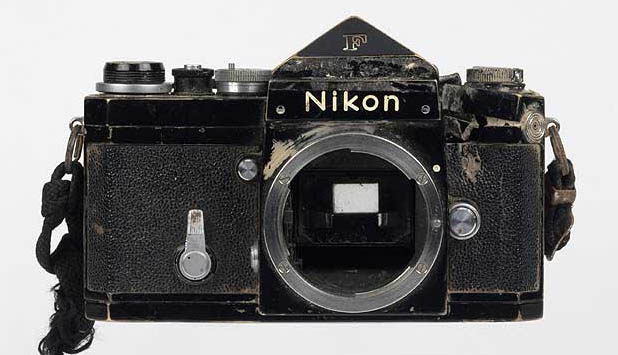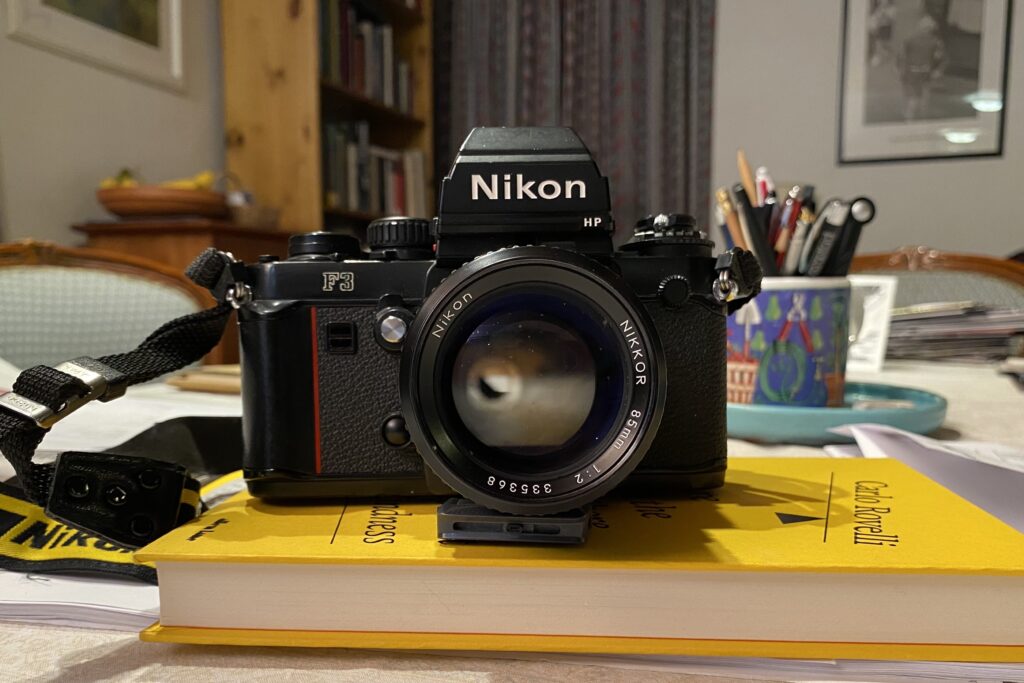Quote of the Day
”Cooking is a minor art. I cannot imagine an hilarious soufflé, or a deeply moving stew.”
- Kenneth Tynan
Musical alternative to the morning’s radio news
Ola Gjeilo | The Ground | Pleni sunt caeli et terra gloria tua.
I was ambushed by this. There’s another performance here with the composer at the piano.
Long Read of the Day
The American polity is cracked, and might collapse.
So how should Canada prepare for Trump v2.0?
A striking OpEd by Thomas Homer-Dixon in the country’s leading newspaper, The Globe and Mail:
“I’m a scholar of violent conflict,”. He writes.
For more than 40 years, I’ve studied and published on the causes of war, social breakdown, revolution, ethnic violence and genocide, and for nearly two decades I led a centre on peace and conflict studies at the University of Toronto.
Today, as I watch the unfolding crisis in the United States, I see a political and social landscape flashing with warning signals.
By 2025, American democracy could collapse, causing extreme domestic political instability, including widespread civil violence. By 2030, if not sooner, the country could be governed by a right-wing dictatorship.
Despite the dramatic tone of the headline over the piece, it’s actually a desperately serious piece. And both adjectives count. By exploiting people’s fear and anger, Trump and a host of acolytes and wannabees such as Fox’s Tucker Carlson and Georgia Representative Marjorie Taylor Greene have captured the Republican Party and transformed it into a near-fascist personality cult that’s a perfect instrument for wrecking democracy.
Homer-Dixon cites David Frum’s view that Trumpism increasingly resembles European fascism in its contempt for the rule of law and glorification of violence. He points to the viral circulation of ‘holiday photos’ showing Republican politicians and their families, including young children, sitting in front of their Christmas trees, all smiling gleefully while cradling pistols, shotguns and assault rifles.
It’s the possession of 400 million guns in ordinary citizens’ hands that make political polarisation in the US more dangerous than in any other democracy.
All of which makes this a worrying and compelling read.
Anne Enright on Ulysses @100
2022 is the centenary of the publication of Joyce’s Ulysses — so you can expect a lot about it in this space. But just for starters, the Irish novelist Anne Enright has a lovely essay marking the anniversary in the New York Review of Books, which is, alas, probably behind its paywall. But here, for your delectation, is how she ends the piece.
Recently, just to get the full experience, I sat on a bench near the Forty Foot, the swimming spot below the Martello tower where Buck Mulligan goes for his dip, and I read a page or two. It was a mild September afternoon. The day was so windless and still, I could hear a man address a quiet friend, one leaving, one arriving, both of them with their towels rolled.
“Hello there, young Thomas,” he said. “Were you aware that a certain gentleman is home this week? Your presence may be required.”
And it seemed to me a continuation of the book I held in my hand.
“I’ve been in since four,” the man went on, cheerfully. “Went for a walk, took a Barry White in the new jacks they have up there. Lovely.” The local council had recently reopened a nearby public restroom, so this good news was both personal and civic. It was also astonishingly male.
I felt a theory coming on. I wondered at the way male speech often confuses top and bottom, why Irish men are so happily described as “talking shite” or “bollocks,” or why an “old fart” is by default male. So many of the men in Ulysses are heard huffing and blowing, not to mention gassing about politics. Perhaps, for Joyce, speech was just another thing that came from the body and lingered on the air. If you ask me what Ulysses has to offer—despite the maleness of the text, despite the author’s perversion, despite the way it exists not on the page but in your reading of the page—the answer is still “Everything, everything, everything.”
Canon reaches the end of the DSLR line

Health warning: What follows may be of interest only to photographers, but it marks a significant moment in photographic history.
DSLR stands for ‘Digital Single Lens Reflex’, which just means that it’s a Single Lens Reflex (SLR) which has a digital sensor where film used to go.
SLRs first appeared in the late 1940s and Nikon was the first Japanese manufacturer to build them, and for many years Nikons (and Leica rangefinder cameras) were the preferred tool of professional photographers — especially war correspondents. The fact that Nikons and Leicas were built like tanks may have had something to do with it. It is said that Don McCullin’s life may have been saved by his Nikon F, which allegedly stopped a bullet during the Vietnam war.

Here, in comparison, is my beloved F3 (a later version of McCullin’s camera), which is in better nick — possibly because its owner has led a sedentary life in which the only dangerous activity involved was jumping to conclusions.

For 30 years, Nikon had the pro market largely to itself, but in 1987 Canon introduced an autofocus system that was much better than the Nikon equivalent (which was designed to be backwards-compatible with all existing Nikon lenses and was therefore clunky). Canon brutally decided to abandon its legacy kit and created a completely new system which was significantly better, and from the 1990s onwards Canons became the favourite of sports and news snappers.
When digital sensors appeared and DSLRs replaced their analogue predecessors, Nikon again took the lead, but Canon overtook it in 2012 and has been ahead ever since. Some marketing genius in Canon had the idea of encasing all the long lenses in their range in white plastic, which meant that sports fans watching on TV eventually only saw photographers with Canon gear.
The trouble with DSLRs, though, is that they still had that mechanical mirror that flipped up just before the photograph was taken, and I guess it was only a matter of time before the industry realised that digital displays would make that last bit of click-clunk redundant. Thus was born the ‘mirrorless’ DSLR, where the optical viewfinder is replaced by a tiny, high-resolution, digital screen.
Which is why Canon has looked in the mirror and decided that it can no longer see its future in it. Flipping mirrors henceforth belong in photo museums. It’s called progress. But it may also represent Canute-style futility. Most photographs today are taken by smartphone cameras, equipped with sensors that produce images that are computationally enhanced by powerful processing engines in the phones — with results that are sometimes as good as anything a relatively bulky Canon, Nikon, Panasonic or Sony can produce.
Which, I guess means, that traditional cameras may eventually become quirky devices used only by enthusiasts. After all, the First Law of Photography states that the best camera is the one you happen to have with you.
Errata
The link in yesterday’s edition to Joan Baez’s rendition of ‘The Battle Hill of the Republic’ should have been this. Apologies and thanks to those who tactfully pointed it out.
This Blog is also available as a daily email. If you think that might suit you better, why not subscribe? One email a day, Monday through Friday, delivered to your inbox. It’s free, and you can always unsubscribe if you conclude your inbox is full enough already!
